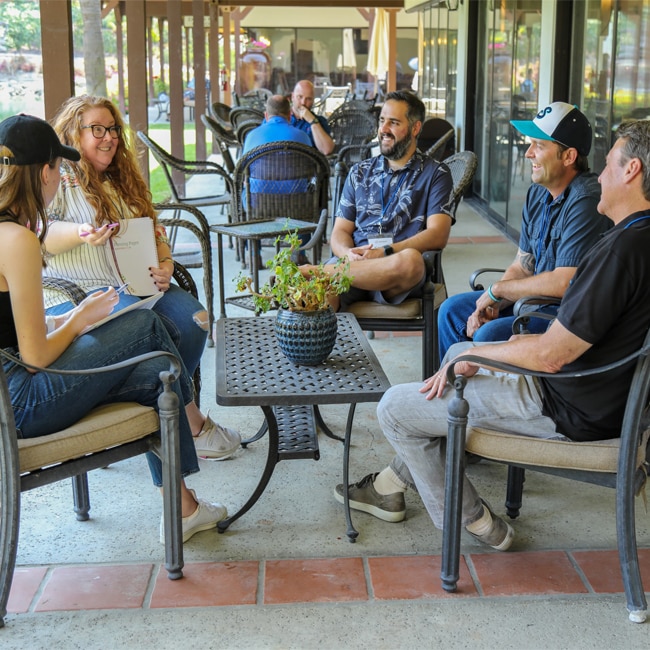Spiritual Formation as Journey, Part 1
A few years ago, our family went backpacking on the Kalalau Trail in Kauai, Hawaii. I was pumped at the prospect of seeing beautiful waterfalls, sunsets in the ocean, and breathtaking views from the cliffs of Na Pali Coast. However, I did not expect that in the course of those six days on the eleven mile trail I would come to discover similarities between that experience and spiritual formation. For 2,000 years, “the journey” has been used as a metaphor for the Christian experience. This is a six-part series on what I learned from our trek.
Part 1: The spiritual journey is not a solo event. Yes, there are a few who choose to backpack by themselves. But the really breathtaking views, such as Mount Everest or the Grand Canyon, require a team. God’s grace, while experienced personally, can never be fully grasped alone. The Apostle Paul writes,
I pray that you, being rooted and established in love may have power, together with all of the saints to grasp how wide, and long and high and deep is the love of Christ, and to know this love that surpasses knowledge—that you may be filled to the measure of the knowledge of Him. (Eph. 3:18)
This passage always stumped me. How can you know that which you cannot know? How can you know the full extent of a love that is beyond comprehension? The answer is found in the phrase, “together with all of the saints.” I began to realize the breadth of God’s love as I heard about the spilling out of His grace upon fellow pilgrims. I cannot personally experience every conceivable act of God’s love, but the Body of Christ collectively does. I may not have experienced God’s presence through the death of a child, or the loss of a spouse, or His calm assurance through financial difficulties, but there are those in the Body of Christ who have. And as I hear those stories of faith, I begin to realize our God is an awesome God.
Spiritual growth is more than personal, it is communal. God conveys Himself to each of us not only through our personal relations with Him and our practice of the spiritual disciplines, but also through other believers as we fellowship with them.[1]
On one camping trip, one of our inner-city kids was alone by a campfire. When I sat down by Aaron, I noticed he was crying. I had never seen Aaron cry. He was one of the toughest kids I had ever taught, but there he was, sobbing. I said, “What’s the matter, Aaron?” Aaron didn’t reply with words but took a stick and raked a piece of wood from the fire and we watched the embers turn from orange to white ash. After several minutes, Aaron said, “I’m like that piece of wood. When I’m in the youth group, I burn bright for Jesus. But when I’m away from the group, I’m as cold as ash.” What a perfect picture of the Church. We need each other in this journey. We cannot go it alone.
In our trek along the Na Pali Coast, our family learned that each person in our family contributed to the enjoyment of the journey. The men carried more weight than the women. Some cooked, some fetched firewood, others filled water bottles, but all were important to the safety and survival of the group.
Theological schools are struggling to find the best way to offer spiritual formation. While students can learn the disciplines of the Christian faith by reading books and practicing personal Bible Study, prayer, fasting, etc., Christian educators know that spiritual growth occurs best in small groups. Across the theological landscape, spiritual formation is being revived through small group ministries. Professors are finding that Christian formation groups, covenant groups, discipleship groups, ministry teams, or whatever you may call them, provide students with the support, encouragement, and accountability needed to grow in their intimacy with God and with His Church. At Rockbridge, students in small classes of 9-15 engage in spiritual practices together. They journey together.
[1] Neil T. Anderson & Robert L. Saucy, The Common Made Holy. Eugene, Oregon: Harvest House Publishers, 1997, p. 300.





